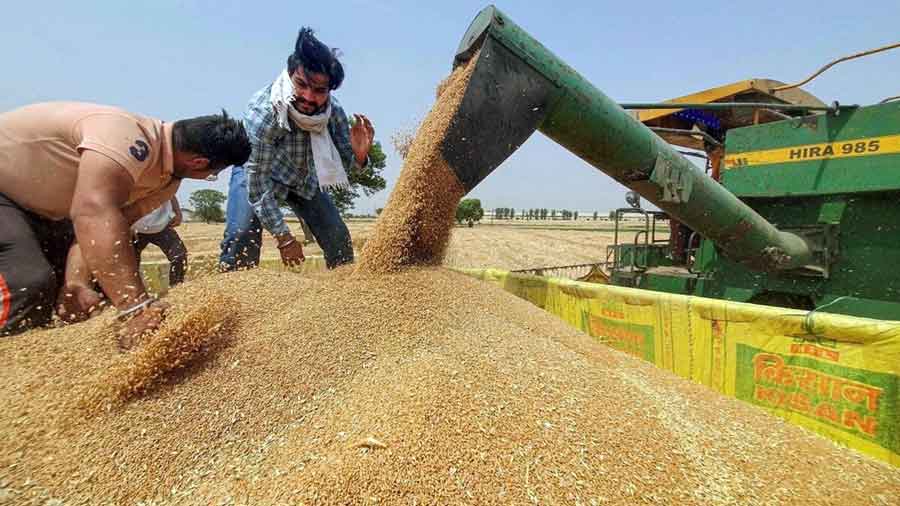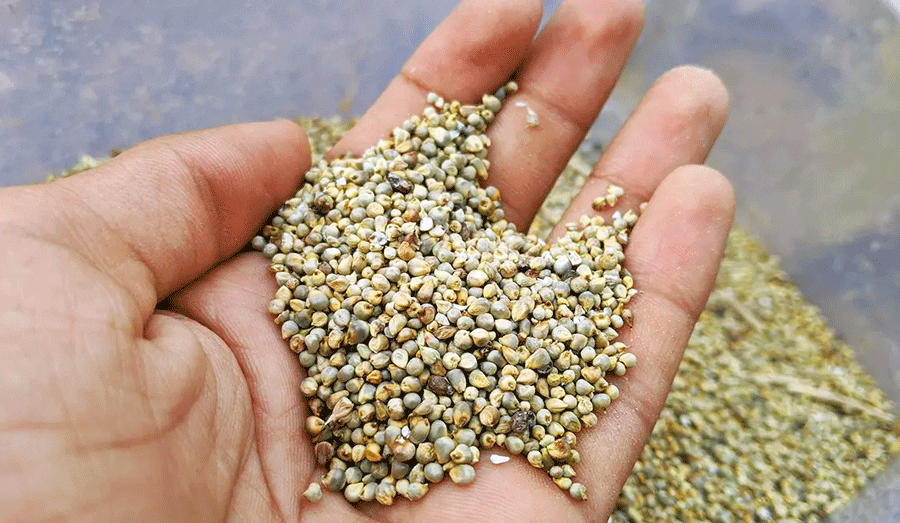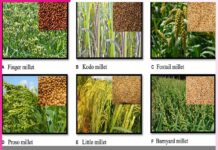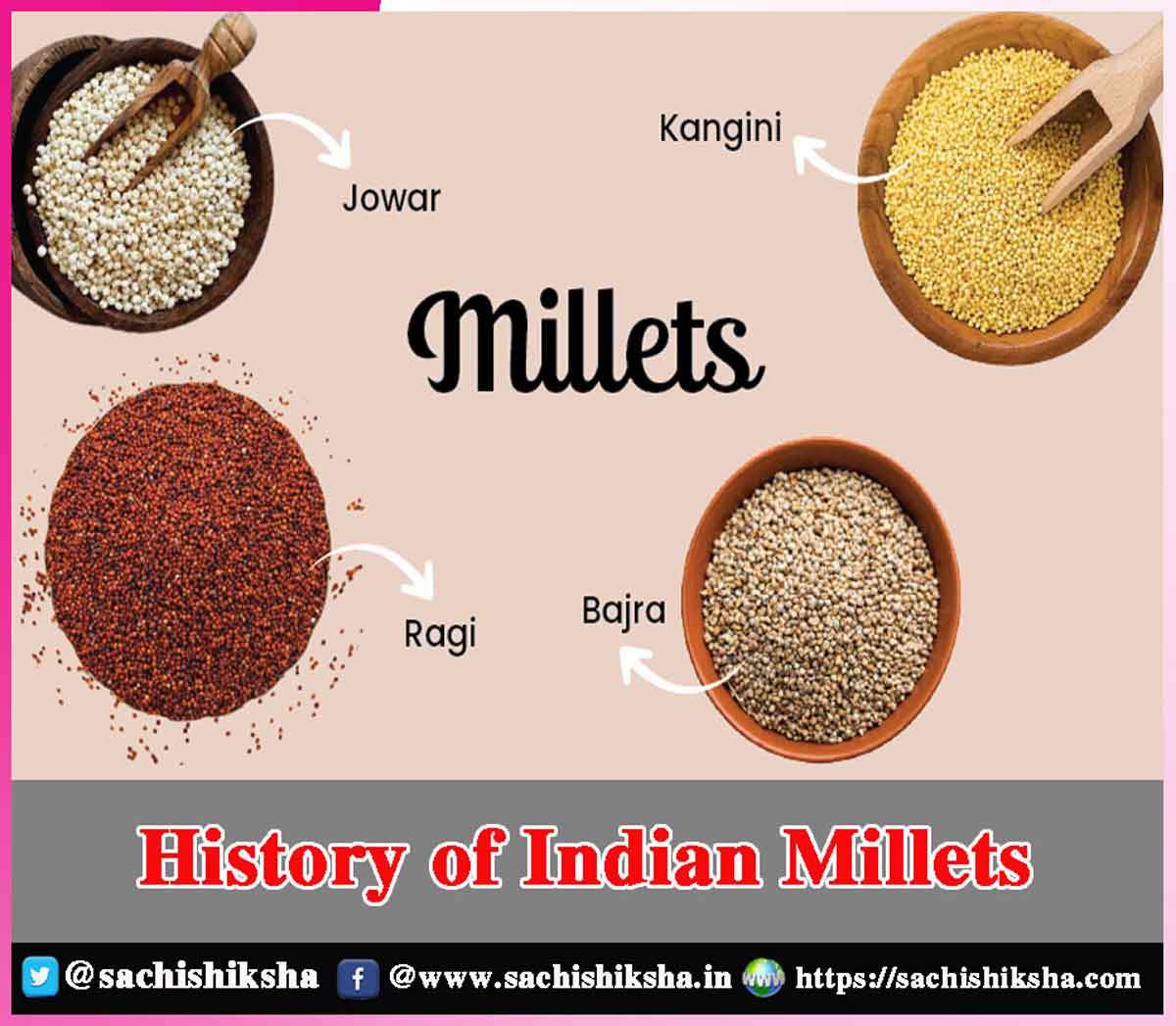History of Indian Millets
Introduction: Millets are small-seeded species of cereal crops that belong to the grass family. They are whole grains, round in shape, gluten-free, and rich in nutrients like antioxidants, proteins, starch, vitamins, and roughage. Therefore, they are termed as Nutri-cereals. Millet intake brings down blood sugar and cholesterol level and also relieves constipation. Apart from multiple physical benefits, their consumption also boosts the mental state. Millets are believed to be the ancient of all the food grains as they are the oldest crop known to mankind.

Table of Contents
Millet Varieties Common to India:
The history of millets in India had a coarse storyline. The chronological studies propose that millets were prevalent in India even before the Harappan period. In the olden times, these grains were a chief component of people’s diet. Some millet varieties were native to India, and the rest travelled to India from nearby regions of Asia, Africa, and China. For instance, pearl millet was introduced to India from East Africa, possibly through the sea route, and afterward, its cultivation commenced here.
Some studies suggest that India was the motherland of finger millets. Kodo millet, brown top millet, and little millet were supposed to be the classic crops of India. Paleologists also state that foxtail and proso millets were transferred to India via different commercial routes. In the16th century AD, sorghum and ragi were the most common food crops eaten in Southern parts of India. During the Megalithic age (1000-300 BC), Kodo was the first millet sown in different regions of Maharashtra and Andhra Pradesh. Many areas of Saurashtra were producers of brown top millets and little millets from 2500 to 2000 BC. Pearl and Sorghum millets were the chief cultivations of India during the Mughal period.
Millet Production in the Colonial Period:
Nevertheless, the scenario of millet production and consumption changed drastically during the reign of colonial powers in India. The European rulers emphasized cultivating money-spinning crops like indigo, rice, wheat, spices, and other commercial crops. Another discouraging factor was a drasticshift in the inclination of farmers and consumers. High-yielding crops like wheat and rice allured the farmers. Upper-class buyers became fond of wheat and rice and viewed millet as the food of laborers and the poor. Hence, millet consuming people were accounted as lower class.

Awareness of Millets Consumption:
With the advent of globalization, millet crops soared again. Modern research in biochemicals, nutrition, and health science, rediscovered the importance and awareness of millet consumption. Increased frequency of lifestyle diseases like blood sugar, hypertension, and cardiovascular diseases has evoked the people especially the upper and elite strata to use millets in their diet as they are ideal for health.
The United Nations declaration of the year 2023 as the international year of millets paved the way for the new food wave across the globe. The Indian Government also introduced various measures to restore the position of millet as a staple crop. Following this, millets and their snacks have regained space in the menu card of most restaurants and hotels. Many startups have been launched that deal in organic millet products. Many food companies have included varied forms of millet like flour, flakes, porridge, namkeen, sweets, and instant mixes in their export gamut. Promotional and support schemes for this sector are now being initiated at the state level too.
Benefits of Millets:
Millets were the determining crops that settled early humans in one place to start habitation instead of roaming for food. They are agronomically advantageous with shorter maturation cycles and have better flexibility to adapt to varied climatic conditions. They can prove to be a boon in the occurrence of any contingency. Moreover, millets are immune to insect invasion and drought. Apart from generating food and fodder, these are also used as raw material for industrial production. They are eco-friendly and sown in the drylands with less fertilizers and resources. Thus, millets ensure the well-being of consumers, farmers, and the Earth.
Hurdles in the Expansion of Millet Sector:
Despite all these benefits, millet crops were not paid due attention by the stakeholders. Organized agricultural practices, detailed research, and sound logistic systems are still non-existent for the sector. Further, challenges like lack of resources, reduced cultivation area, shorter shelf life, digestibility and cooking related issues create hurdles in the expansion of this sector. Millets have played a crucial role in maintaining ecological and economic stability in our country, and will continue this in upcoming years too.
Conclusion:
It is presumed that “Millets were the firsts and also the future” as they are the most trustworthy crops for sustaining unbalanced climatic conditions. Hence, removing these bottlenecks and promoting millet are necessary to eradicate hunger and save the farmers from complete crop failure.














































